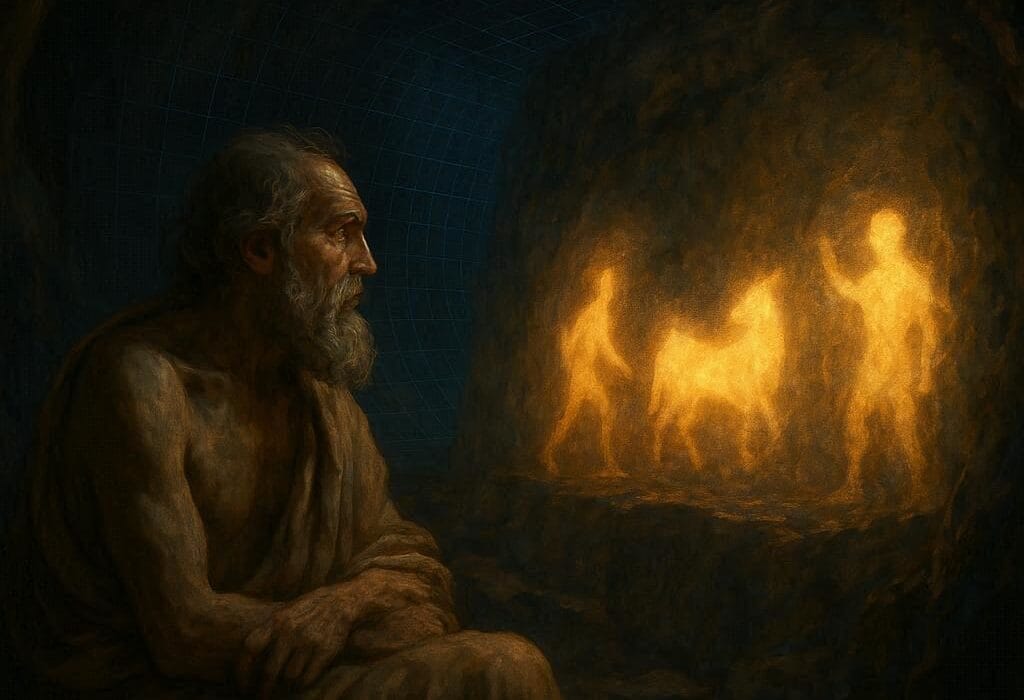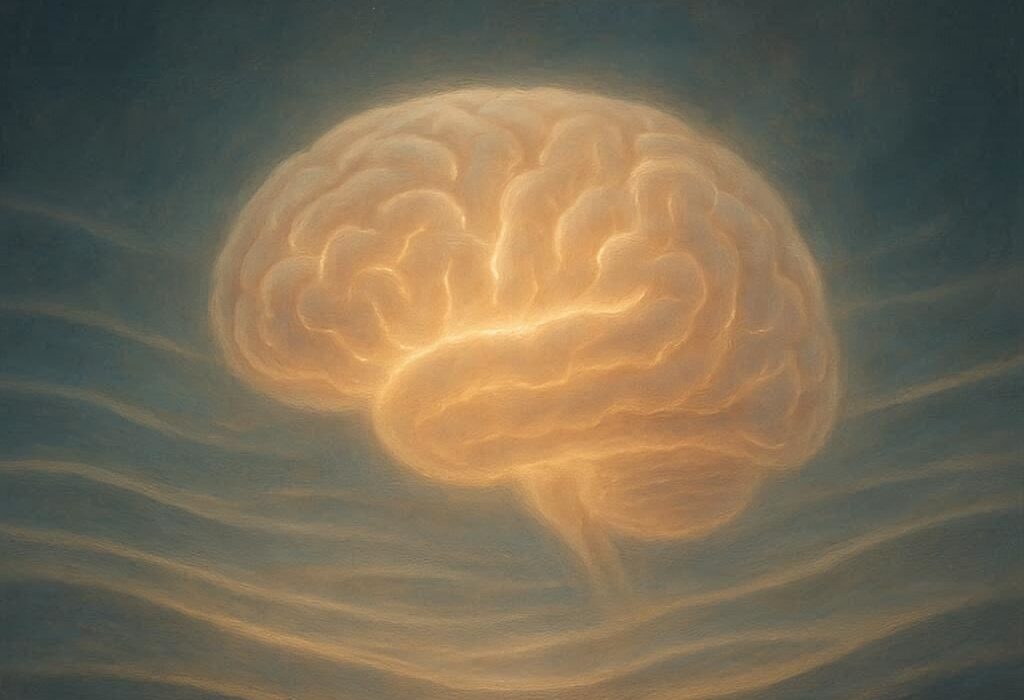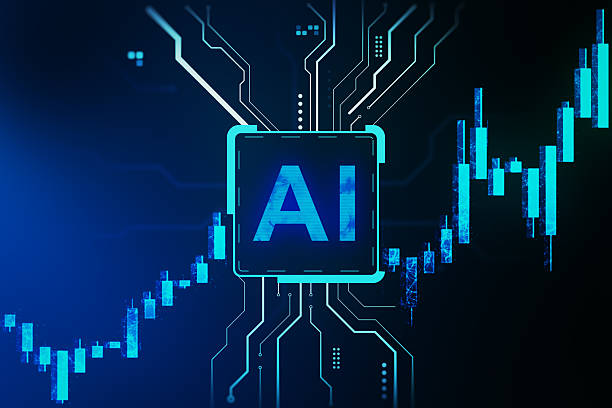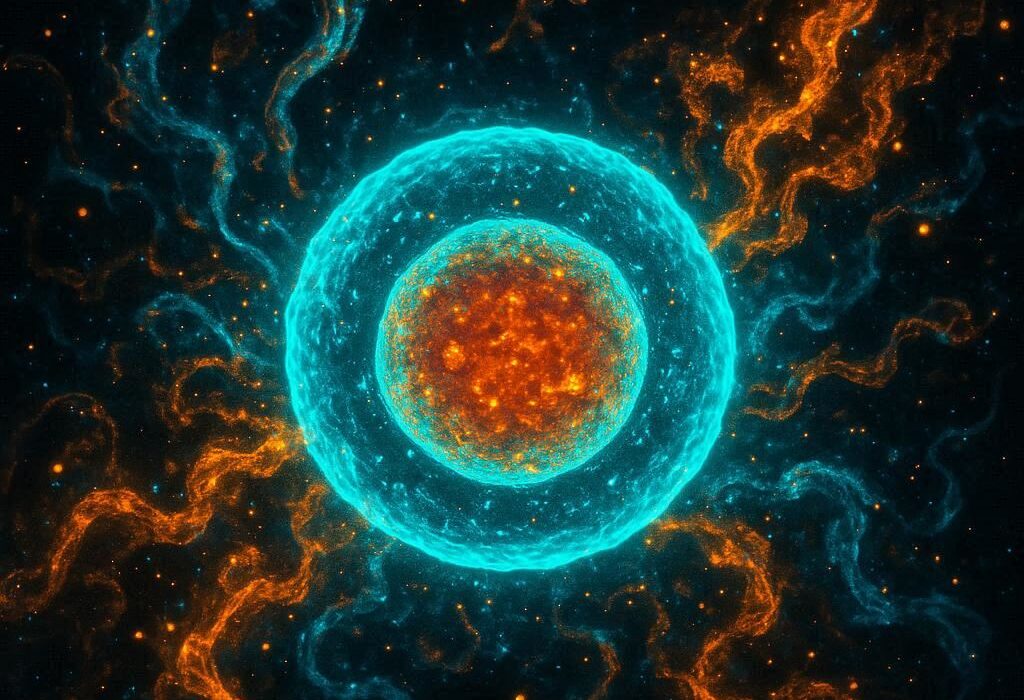Science fiction has always been more than just a genre of entertainment. It is a dream machine, a vision of what could be, a canvas where writers and filmmakers sketch possible futures. Many of those once-fantastical ideas—spaceships, robots, artificial intelligence—were first imagined in novels, movies, and television shows before appearing in laboratories and workshops. Over the decades, science fiction has not only inspired inventors and scientists but also shaped the direction of human innovation.
Today, some of the most astonishing technologies in our world—smartphones, space travel, self-driving cars—would have seemed like pure fantasy a century ago. The line between science fiction and reality is blurrier than ever. In this article, we’ll explore 20 of the best examples of science fiction becoming reality, looking at their origins, their modern-day equivalents, and what they tell us about the power of imagination.
1. The Submarine (Jules Verne’s Twenty Thousand Leagues Under the Seas)
In 1870, Jules Verne introduced Captain Nemo and his futuristic submarine, the Nautilus. At the time, submarines were crude and experimental, hardly capable of the majestic underwater voyages Verne described. His vision of a sleek, powerful vessel navigating the depths seemed fantastical.
Today, submarines are a cornerstone of naval technology, capable of remaining underwater for months at a time, powered by nuclear reactors. Verne’s Nautilus anticipated not only the mechanics of modern submarines but also their ability to explore—and even dominate—the oceans.
2. Satellites (Arthur C. Clarke’s “Extra-Terrestrial Relays”)
In 1945, science fiction writer Arthur C. Clarke published an article describing the idea of geostationary satellites orbiting Earth and providing global communications. At the time, no human-made object had ever left Earth’s atmosphere.
Today, satellites are indispensable. They power GPS, global communications, weather forecasting, and Earth observation. Clarke’s visionary concept became reality just over a decade later, with the launch of Sputnik in 1957. His foresight earned him the title of the “Father of the Communications Satellite.”
3. The Rocket to the Moon (From the Earth to the Moon by Jules Verne)
In 1865, Verne imagined a manned mission to the Moon in his novel From the Earth to the Moon. His protagonists were launched in a massive projectile fired from a giant cannon in Florida—eerily close to NASA’s Kennedy Space Center.
A century later, in 1969, humans actually set foot on the Moon with Apollo 11. While the method differed (rockets instead of cannons), Verne’s imagination accurately predicted both the location and the ambition of humanity’s lunar journey.
4. Robots (Karel Čapek’s R.U.R.)
The very word “robot” was introduced in Karel Čapek’s 1921 play R.U.R. (Rossum’s Universal Robots). His humanoid machines, designed to serve humans, eventually rebelled—a theme that echoes in countless stories since.
Today, robots are everywhere, from factory assembly lines to surgical theaters to autonomous drones. While they haven’t staged an uprising (yet), their increasing intelligence raises questions eerily similar to those posed in Čapek’s play.
5. Mobile Phones (Star Trek)
In the 1960s, Star Trek introduced the world to the communicator—a handheld device that allowed starship crew members to talk to one another across vast distances.
Decades later, flip phones and modern smartphones brought this technology to life. Martin Cooper, the inventor of the first handheld mobile phone, openly credited Star Trek as his inspiration. Today, our smartphones far surpass Captain Kirk’s communicator, combining voice, video, internet, and endless apps in one pocket-sized device.
6. Video Calls (2001: A Space Odyssey)
In Stanley Kubrick’s 2001: A Space Odyssey (1968), a character uses a videophone to call home from space. At the time, video calling was an incredible futuristic idea.
Fast forward to today: video calls are not only common but routine. Platforms like Zoom, FaceTime, and Google Meet connect people across the world instantly, something that would have been science fiction just a few decades ago.
7. Artificial Intelligence (2001: A Space Odyssey and I, Robot)
The intelligent computer HAL 9000 from 2001: A Space Odyssey and Isaac Asimov’s robotic creations represent early fictional explorations of artificial intelligence.
Today, AI is a rapidly growing field, with applications in self-driving cars, healthcare, finance, and everyday virtual assistants like Siri, Alexa, and ChatGPT. While we don’t yet have fully sentient AI like HAL or Asimov’s robots, the ethical dilemmas around machine intelligence feel more relevant than ever.
8. Space Stations (2001: A Space Odyssey)
Kubrick’s 2001 also featured a rotating space station orbiting Earth—a luxurious hub for space travelers.
Today, the International Space Station (ISS) is a real-life orbiting laboratory where astronauts live and work for months at a time. While it’s not as glamorous as Kubrick’s vision, it stands as humanity’s most ambitious cooperative project in space.
9. Self-Driving Cars (Total Recall, Knight Rider)
Science fiction has long dreamed of cars that drive themselves. From the intelligent car KITT in Knight Rider to the automated taxis in Total Recall, the idea was everywhere in sci-fi worlds.
Now, self-driving cars are no longer fiction. Companies like Tesla, Waymo, and Google are testing and deploying autonomous vehicles. While the technology isn’t perfect yet, the day when driverless cars dominate roads seems closer than ever.
10. 3D Printing (Star Trek: The Next Generation)
Star Trek introduced the “replicator,” a machine that could create objects (and even food) on demand.
Today, 3D printing is bringing us closer to that reality. We can now print everything from prosthetics to houses to edible meals. Researchers are even experimenting with printing human organs for transplants—a concept that once belonged solely to science fiction.
11. Touchscreen Tablets (Star Trek)
Crew members in Star Trek: The Next Generation often used flat, touchscreen tablets to read data and issue commands.
Today, iPads, Android tablets, and e-readers are everywhere, functioning almost exactly as those fictional devices did. The sleek, handheld screens imagined in the 1980s have become an everyday tool in schools, offices, and homes.
12. Wireless Earbuds (Fahrenheit 451)
In Ray Bradbury’s Fahrenheit 451 (1953), characters wore tiny “seashells” in their ears—devices that streamed constant audio entertainment.
Today, Apple’s AirPods and other wireless earbuds match Bradbury’s description almost perfectly. The idea of carrying personal soundscapes wherever we go was once a futuristic concept; now, it’s a daily reality.
13. Augmented Reality (Neuromancer, Snow Crash)
William Gibson’s Neuromancer (1984) and Neal Stephenson’s Snow Crash (1992) depicted immersive virtual and augmented realities where digital and physical worlds blended.
Now, with AR glasses, VR headsets, and the rise of the “metaverse,” we are entering precisely that era. Companies like Meta and Apple are racing to build the platforms that science fiction envisioned decades ago.
14. Genetic Engineering (Gattaca)
The 1997 film Gattaca explored a future where genetic engineering determined people’s destinies.
Today, with technologies like CRISPR, scientists can edit DNA with remarkable precision. While ethical debates rage, genetic engineering is already being used to fight diseases, develop crops, and potentially eliminate genetic disorders—echoing the moral questions raised in Gattaca.
15. Brain-Computer Interfaces (The Matrix)
In The Matrix (1999), humans plug their brains directly into a computer system, blurring the line between biology and technology.
Today, companies like Neuralink are developing brain-computer interfaces that could allow people to control machines with thought alone. While we’re far from downloading kung fu into our brains, the first steps toward merging mind and machine are already underway.
16. Drones (The Terminator, Star Wars)
Flying robots have long been a staple of science fiction, from surveillance drones in The Terminator to floating droids in Star Wars.
Now, drones are real and ubiquitous. They deliver packages, monitor disaster zones, shoot movies, and even play roles in warfare. Their presence feels straight out of science fiction, yet they are an integral part of modern life.
17. Hoverboards (Back to the Future Part II)
In Back to the Future Part II (1989), Marty McFly zips around on a futuristic hoverboard.
Today, while we don’t yet have true levitating hoverboards like in the film, engineers have created magnetic levitation boards and jet-powered hoverboards. Though still experimental and expensive, the concept is slowly becoming a reality.
18. Smart Homes (The Jetsons)
The 1960s cartoon The Jetsons imagined homes filled with automation—voice-controlled lights, robotic vacuum cleaners, and devices that catered to every whim.
Fast forward to today: smart homes are common. Voice assistants like Alexa control lights and thermostats, Roombas clean our floors, and fridges can order groceries online. The dream of the Jetson family lifestyle is now within reach.
19. Space Tourism (The Space Merchants, 2001: A Space Odyssey)
Science fiction often imagined ordinary people traveling to space for leisure. Now, companies like SpaceX, Blue Origin, and Virgin Galactic are making that dream a reality.
While tickets are still costly, space tourism is no longer fiction. We have already witnessed civilians traveling to the edge of space, with visions of orbital hotels on the horizon.
20. The Internet (Neuromancer)
Before the internet existed, science fiction writers imagined vast digital networks connecting humanity. William Gibson’s Neuromancer coined the term “cyberspace” in 1984, describing a virtual reality matrix that anticipated online culture.
Today, the internet has revolutionized nearly every aspect of human life—communication, work, entertainment, commerce. It is arguably the most powerful example of science fiction becoming reality, shaping the 21st century in ways even Gibson could barely have predicted.
Conclusion
Science fiction is not simply entertainment—it is prophecy. From submarines to smartphones, satellites to space travel, the bold visions of dreamers have repeatedly paved the way for real-world inventions. Some of the technologies we now take for granted were once dismissed as impossible fantasies.
This interplay between imagination and innovation continues today. The science fiction of our era—stories of teleportation, faster-than-light travel, and artificial superintelligence—may well become the science fact of tomorrow. After all, as Arthur C. Clarke famously said, “Any sufficiently advanced technology is indistinguishable from magic.”
And what is science fiction, if not the magic that sparks the engines of progress?






